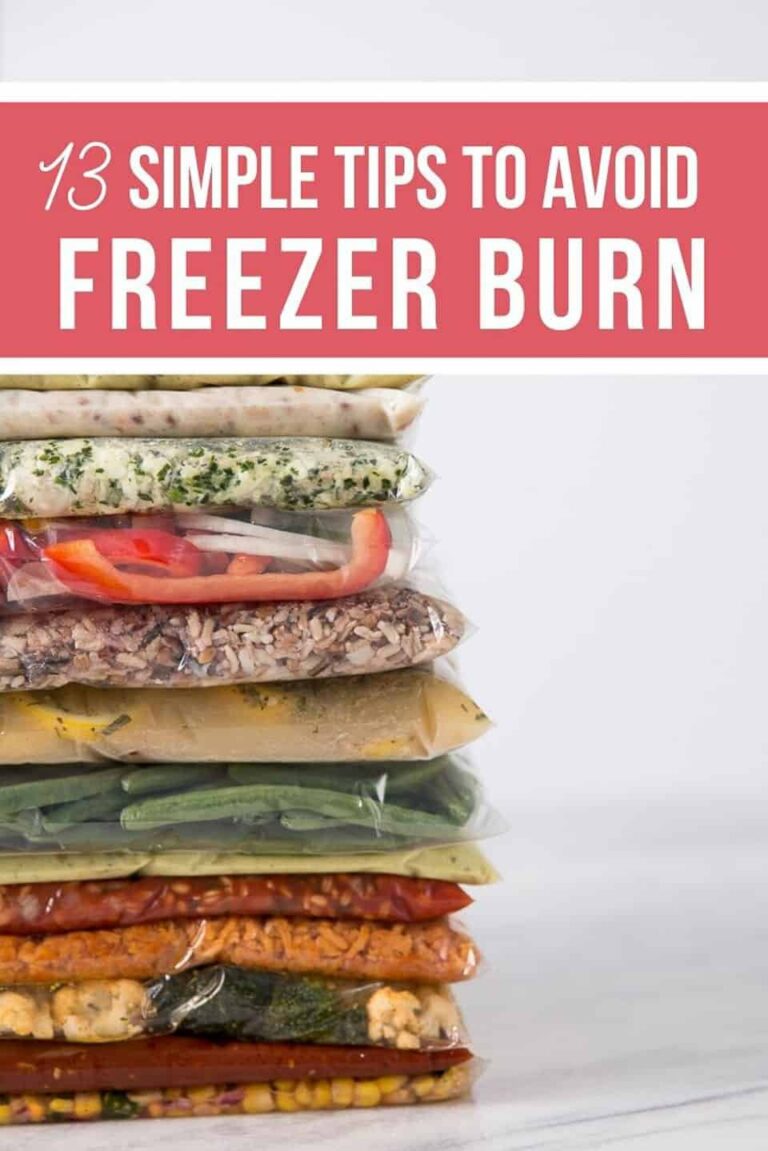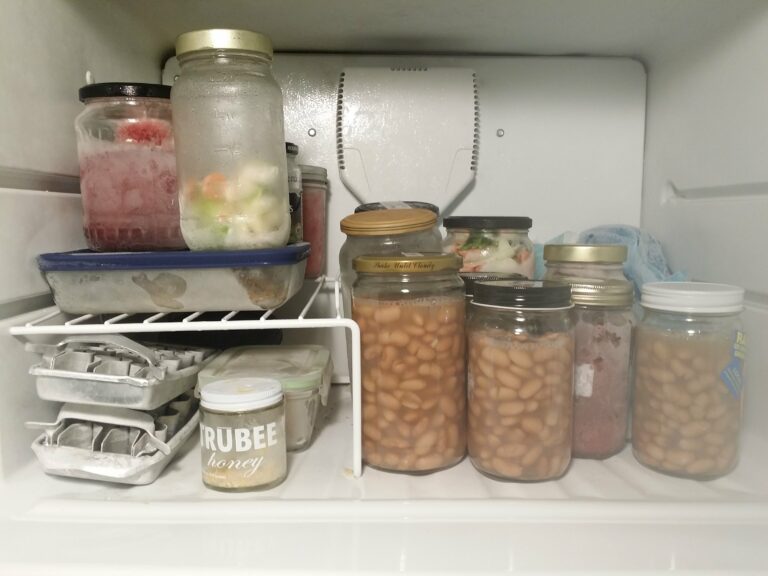What Are Pencils Made Of?
Pencils, are those essential tools we use daily for writing, sketching, and shading. Ever wondered what are pencils made out of? The answer lies in a combination of materials that come together to create these versatile instruments. While there may not be a simple one-word answer, pencils are primarily composed of graphite encased in wood. Yes, that’s right! Wood plays a crucial role in providing both structure and stability to these writing tools. So, let’s delve deeper into the fascinating world of pencil manufacturing and explore the materials that make them what they are.
What Are Pencils Made Out Of?
Throughout history, pencils have been an essential tool for writing, drawing, and sketching. But have you ever wondered what exactly makes up a pencil? In this article, we will dive deep into the world of pencils and explore their fascinating composition. From the core to the casing, let’s uncover the materials that come together to create these versatile writing instruments.
The Core: Graphite and Clay
At the heart of a pencil lies its core, which is responsible for leaving marks on paper. Contrary to popular belief, the core of a pencil is not made of lead but a combination of graphite and clay. Let’s take a closer look at these two components:
- Graphite: Graphite is a naturally occurring form of carbon that is known for its excellent ability to leave marks on paper. It is mined from deposits found in various parts of the world, such as Sri Lanka, China, and Brazil. The graphite used in pencils is a form of crystalline carbon that is mixed with clay to create the right consistency.
- Clay: Clay is added to the graphite to bind it together and provide structure. It also determines the hardness of the pencil lead. The higher the clay content, the harder the pencil lead will be. Different formulas are used to produce pencils of varying hardness levels, ranging from very soft to very hard.
The Casing: Wood and Alternatives
The outer casing of a pencil plays a crucial role in protecting and holding the lead core. Traditionally, pencils have been made using wood, typically cedar, due to its lightweight, easy-to-sharpen nature, and availability. However, there are also alternative materials used for pencil casings, including:
- Recycled Paper: In recent years, there has been a growing interest in eco-friendly alternatives to wooden pencil casings. Some manufacturers have started using recycled paper, such as newsprint or rolled paper, to create the outer shell. These pencils function similarly to their wooden counterparts but offer a more sustainable option.
- Plastic: Plastic casings are another alternative to wood. They are often made from materials like high-density polyethylene (HDPE) or polystyrene (PS). Plastic pencils are more durable and resistant to breakage, making them popular choices for younger children or those seeking a long-lasting option.
- Metal: For a more premium and durable option, pencils with metal casings are available. These are commonly constructed with brass or aluminum, offering enhanced protection for the core. Metal pencils are favored by artists and professionals who require a robust tool for their work.
The Ferrule: Holding It All Together
The small metal piece found at the end of a pencil, commonly known as the ferrule, serves multiple purposes. It holds the eraser in place and provides stability to the pencil. The most common material used for ferrules is aluminum due to its lightweight and malleable nature. The ferrule is crimped onto the end of the pencil, securing the eraser and preventing the core from sliding out.
The Eraser: Correcting Mistakes
No pencil is complete without an eraser. This handy addition allows us to correct errors and make adjustments to our writings or drawings. Erasers are typically made from a synthetic rubber compound called styrene-butadiene or natural materials like vulcanized rubber or vinyl. They come in various shapes and sizes, from cylindrical to rectangular, and are attached to the end of the pencil using the ferrule.
The Manufacturing Process
Now that we know the essential components of a pencil, let’s briefly explore the manufacturing process:
- Mixing: Graphite powder and clay are mixed together in precise proportions. Water is added to create a paste-like consistency.
- Extrusion: The mixture is then extruded through a machine called a pug mill. This process compresses the paste-like substance into long, thin rods, known as leads.
- Drying: The leads are left to dry to remove excess moisture, making them solid and ready for further processing.
- Casing: The casing material, whether wood, recycled paper, plastic, or metal, is cut into pencil-sized pieces. These casings are then notched to accommodate the lead.
- Insertion: The dried leads are inserted into the pre-cut casings, ensuring a snug fit.
- Ferrule and Eraser Assembly: The ferrule is crimped onto the end of the pencil, securing the eraser in place.
- Finishing: The pencils go through sanding and painting processes to smoothen the surface and apply any necessary branding or labeling.
- Quality Control: Each pencil undergoes quality checks, ensuring that it meets the required standards before packaging and distribution.
Faqs for What Are Pencils Made Of:
No, not all pencils are made of the same materials. While the majority of pencils are made with a graphite and clay mixture, there are variations. Colored pencils, for example, use a combination of pigments, binders, and fillers to create their vibrant colors.
Mechanical pencils, on the other hand, use thin lead or plastic refills instead of traditional graphite cores. Additionally, there are specialty pencils made from materials like charcoal or pastel for specific artistic purposes.
The graphite used in pencils is typically sourced from natural deposits found in various parts of the world. These graphite deposits are usually formed as a result of high-pressure metamorphism of carbonaceous rocks. The graphite is then extracted, processed, and finely ground before being mixed with other materials to create the core of a pencil.
Wooden barrels are used for pencils because they provide a sturdy and comfortable casing for the graphite core. Cedar wood is commonly used due to its combination of durability, lightweight, and pleasant aroma. The wooden barrel also allows for easy sharpening, as well as providing a natural grip for the user while writing or drawing.
Yes, pencils can be recycled. While the components of a pencil, such as the graphite core and wooden barrel, are not easily separated, some recycling programs can accept pencils for recycling. These programs typically shred the pencils into small pieces and incorporate them into other wood-based products. Alternatively, used pencils can also be donated or repurposed for other creative projects.
Yes, there are environmentally friendly alternatives to traditional pencils. One example is the recycled newspaper pencil, which replaces the wooden barrel with tightly rolled recycled newspaper. Another option is the mechanical pencil, which eliminates the need for constant sharpening and reduces waste. Additionally, there are plant-based pencils made from materials like bamboo or recycled plastic, which offer more sustainable choices for those concerned about the environmental impact of traditional pencil production.
Final Thoughts
Pencils are commonly made out of graphite, which is a form of carbon. This graphite is mixed with clay to create a smooth and durable core. The core is then encased in a wooden barrel, often made from cedar or other types of softwood. The use of graphite and clay allows pencils to create distinct marks when writing or drawing. Additionally, the wooden barrel provides a comfortable and sturdy grip for the user. In conclusion, pencils are made out of a combination of graphite, clay, and wood, resulting in a versatile and essential tool for writing and drawing.


